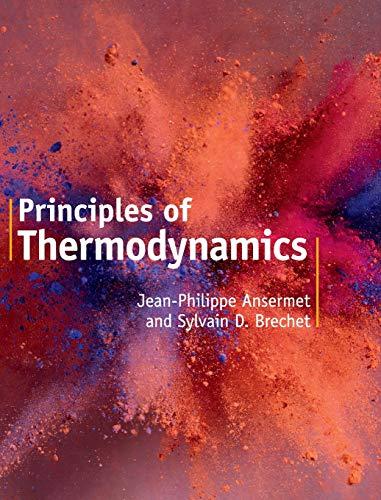The variance v is the number of degrees of freedom of a system consisting of r substances
Question:
The variance v is the number of degrees of freedom of a system consisting of r substances in m phases taking part in n chemical reactions. The variance v is obtained by subtracting n constraints from the number of degrees of freedom f determined by the Gibbs phase rule (6.62),![]()
The pressure p and the temperature T are not fixed. Otherwise, there are additional constraints to fix p and T. Apply this concept to the following situation.a) Determine the variance v of methane cracking described by the chemical reaction:b) A system consists of three phases and there is one chemical reaction between![]()
the substances. The variance is known to be two. Determine the number r of substances in the system.c) A system is at a fixed temperature and consists of three phases. Its variance is known to be two and there are two chemical reactions between the substances. Determine the number r of substances in the system.
Step by Step Answer:

Principles Of Thermodynamics
ISBN: 9781108426091
1st Edition
Authors: Jean-Philippe Ansermet, Sylvain D. Brechet





